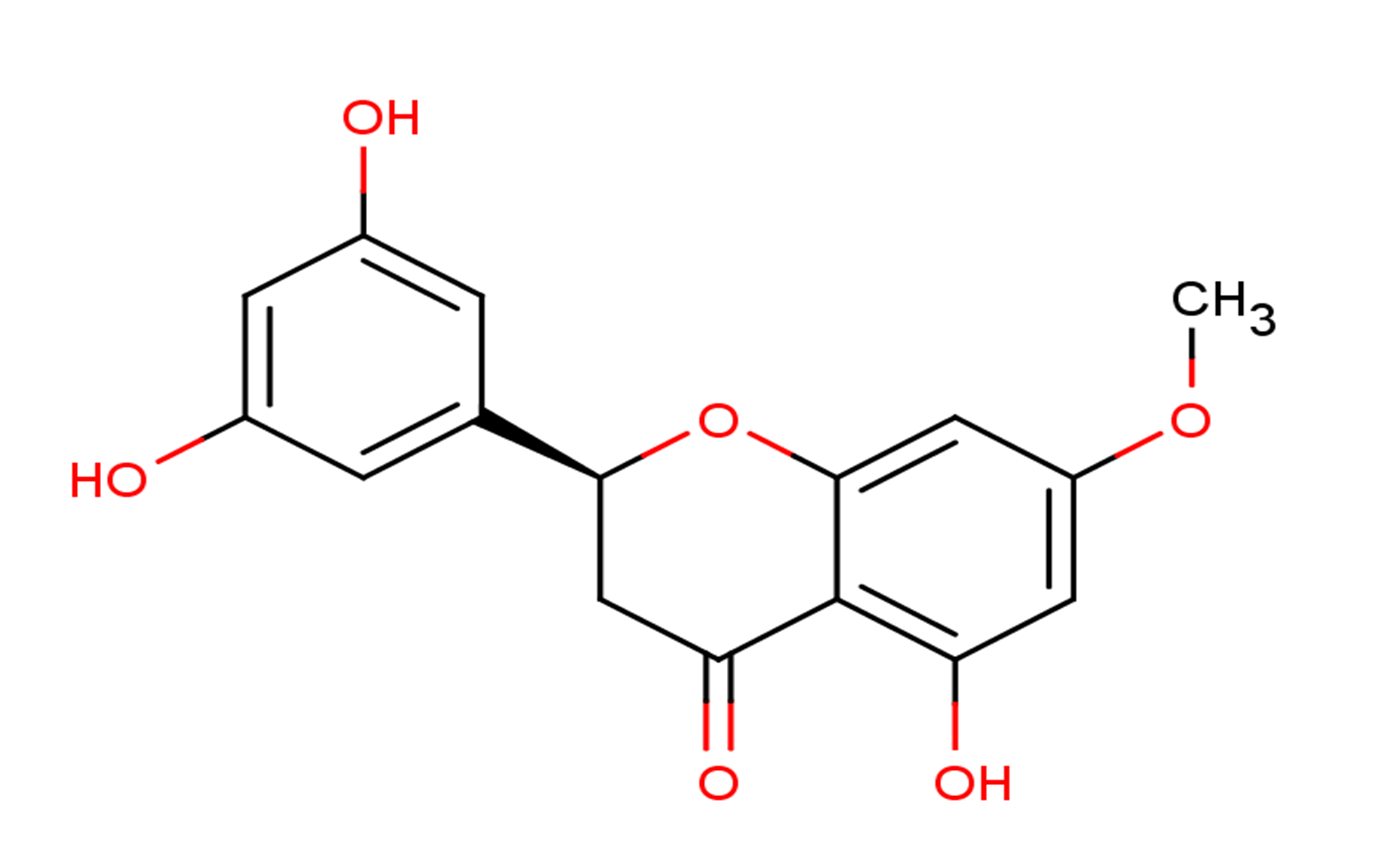
Blumeatin
CAS No. 118024-26-3
Blumeatin ( —— )
Catalog No. M23347 CAS No. 118024-26-3
Blumeatin has antioxidant properties, free radical scavenging activity,and has xanthine oxidase (XO) inhibitory activity.
Purity : >98% (HPLC)
 COA
COA
 Datasheet
Datasheet
 HNMR
HNMR
 HPLC
HPLC
 MSDS
MSDS
 Handing Instructions
Handing Instructions
| Size | Price / USD | Stock | Quantity |
| 5MG | 372 | In Stock |


|
| 10MG | 556 | In Stock |


|
| 25MG | 887 | In Stock |


|
| 50MG | 1197 | In Stock |


|
| 100MG | Get Quote | In Stock |


|
| 200MG | Get Quote | In Stock |


|
| 500MG | Get Quote | In Stock |


|
| 1G | Get Quote | In Stock |


|
Biological Information
-
Product NameBlumeatin
-
NoteResearch use only, not for human use.
-
Brief DescriptionBlumeatin has antioxidant properties, free radical scavenging activity,and has xanthine oxidase (XO) inhibitory activity.
-
DescriptionBlumeatin has antioxidant properties, free radical scavenging activity,and has xanthine oxidase (XO) inhibitory activity.
-
Synonyms——
-
PathwayImmunology/Inflammation
-
TargetROS
-
RecptorXO
-
Research Area——
-
Indication——
Chemical Information
-
CAS Number118024-26-3
-
Formula Weight302.3
-
Molecular FormulaC16H14O6
-
Purity>98% (HPLC)
-
SolubilityDMSO:250 mg/mL (827.05 mM; Need ultrasonic)
-
SMILESO=C1C[C@@H](C2=CC(O)=CC(O)=C2)OC3=CC(OC)=CC(O)=C13
-
Chemical Name——
Shipping & Storage Information
-
Storage(-20℃)
-
ShippingWith Ice Pack
-
Stability≥ 2 years
Reference
1.Free radical-scavenging activity of organic extracts and of pure flavonoids of Blumea balsamifera DC leaves.Food Chem., 2004, 88(2):243-52.
molnova catalog


related products
-
CL097
CL097 is an effective agonist of TLR7 and TLR8. CL097 induces pro-inflammatory cytokines in macrophages and NADPH oxidase priming, thereby increasing the fMLF-stimulated ROS production.
-
N-Acetyl-D-cysteine
N-Acetyl-D-cysteine has antioxidant activities and scavenges ROS through the reaction with its thiol group.
-
N-tert-butyl-α-Pheny...
N-tert-butyl-α-Phenylnitrone inhibits COX2 catalytic activity.



 Cart
Cart
 sales@molnova.com
sales@molnova.com


